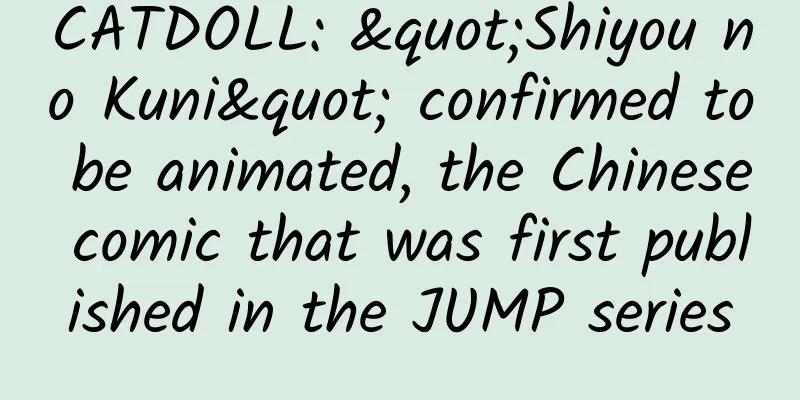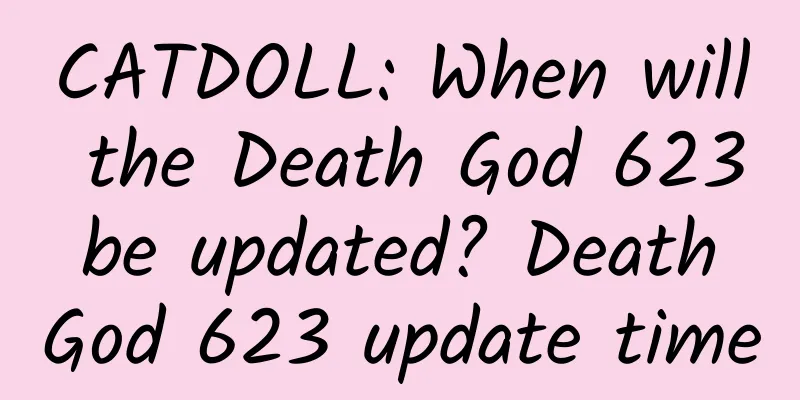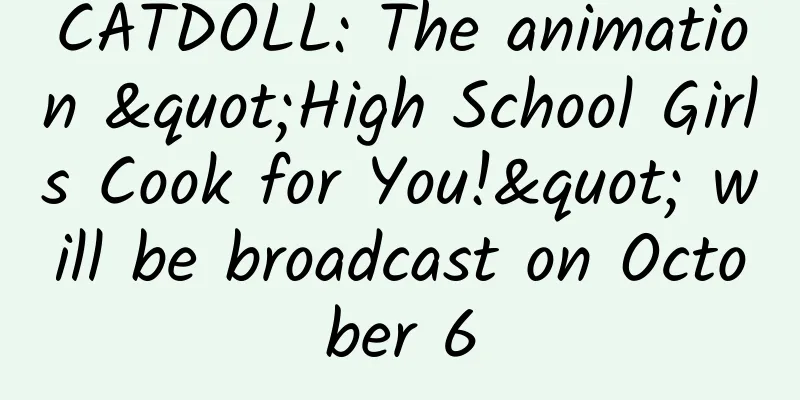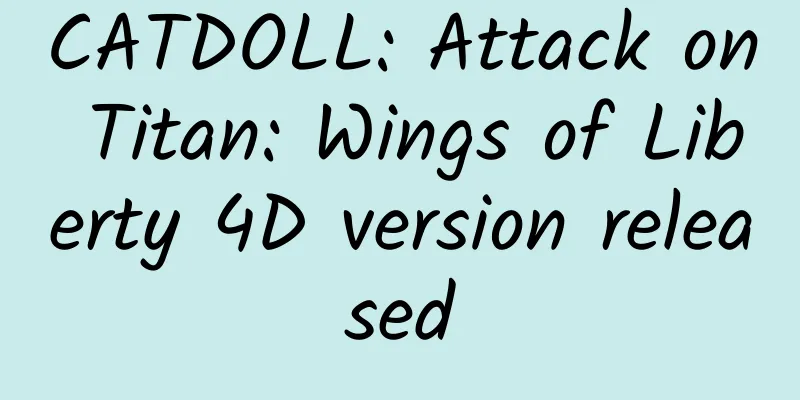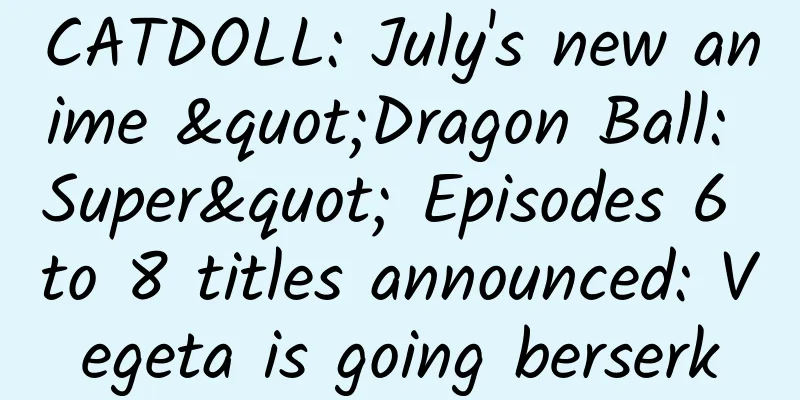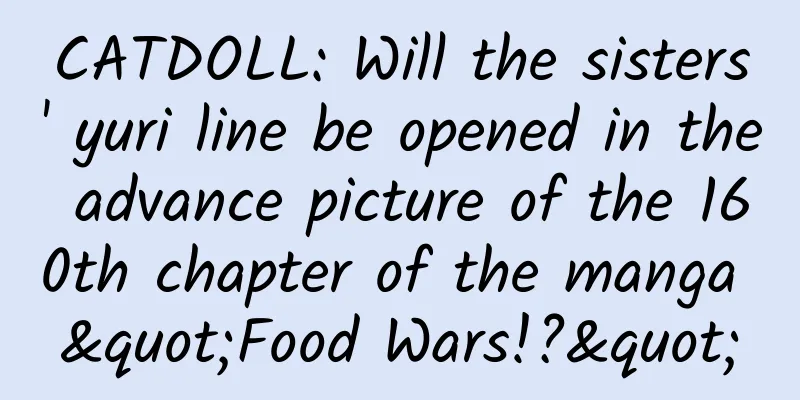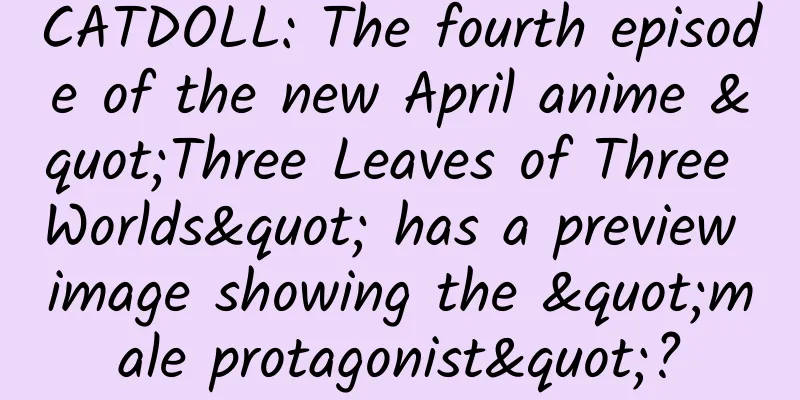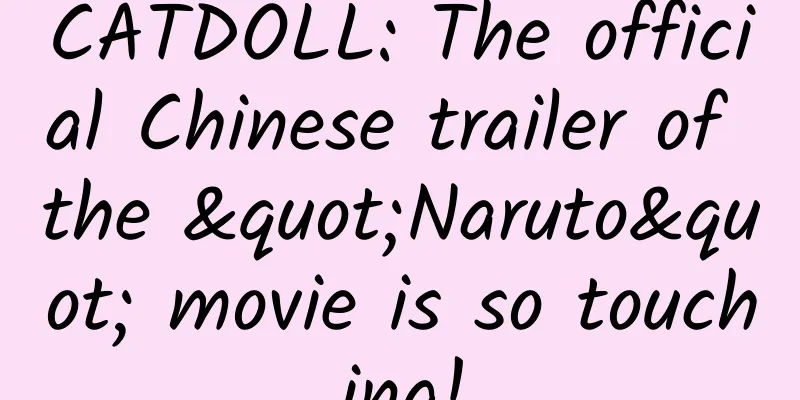CATDOLL: Industry insiders say Japan's animation industry is heading towards suicide

|
Recently, the issue of low income for Japanese animation practitioners has sparked a lot of discussion, and the current situation of the animation industry has also become a hot topic. Many people are worried that if the basic personnel are getting fewer and fewer, the future of Japan's animation industry will be in danger. Recently, Daisuke Okeda, a Japanese animator and supervisor of the Performance Association, said in an interview: The animation industry may be experiencing chronic suicide. "Average annual income of 1.1 million yen" has been exaggerated Q: What information did you obtain from your survey on industry revenue? A: We will then conduct an objective analysis and evaluation, but in short, this is not a good result. Even after reading people's comments, it feels like this is a very harsh environment for newcomers. Q: We noticed that the average annual income of young animators is only "1.1 million yen." A: The 1.1 million yen reported by the media is actually the income of the profession of "animation" ("動画"). Only this aspect has been infinitely magnified, which is not what we want. The average income among our respondents was 3,328,000 yen. It should be said that as long as you have a certain level of skills, it is not a problem to earn a living income. "Director" (6,486,000 yen) and "General Animation Director" (5,638,000 yen) are also in a very good position compared to the average of 4,136,000 yen for the entire industry. Q: So the overall situation is not that bad? A: Even though they are all creators, few illustrators or painters can support themselves. From this point of view, the animation industry should still be able to allow everyone to make a living. Although it will be hard at first, as long as you have enough skills, you can still stick to it. In fact, this is true for any industry. We need to attract young and outstanding people. If we only emphasize "annual income of 1.1 million yen", it will not only mislead young people who aim to work in the animation industry, but also make people around them feel uneasy, thus limiting young people from choosing this path. We always hope that the media can be more objective when reporting, but it is difficult to get a response, which is really regrettable. The majority of people working in the animation industry are freelancers Q: What kind of work is the so-called "animation" specifically? A: The key drawings of a work are called original drawings. "Animation" is the work of drawing these original drawings together. According to the storyboards drawn by the director, the original artist creates the picture structure and character acting from scratch, and then the person in charge of "animation" supplements the action part according to the picture structure of the original drawing and describes it. To put it simply, it is to copy a delicate original drawing. In Japan, new animators are basically assigned to "animation" work first. In this process, they continue to hone themselves and gain experience, and one day they will be promoted to "original painting". This is the most common promotion. Q: Then why is the average annual income of "animation" so low? A: In the animation industry, in order to reduce social security and education costs, and to facilitate the handling of a variety of works, the overall structure is freelance. However, it is still difficult for newcomers to become freelancers who have achieved certain results. In the field of "animation", TV animation is generally priced at "200 yen per picture", and this has hardly changed in recent decades. On the other hand, as the quality of the drawings improves, the amount of information on the screen is also increasing rapidly, which has reduced production efficiency. Currently, the person in charge of "animation" can draw 500 pictures a month, which is considered a lot. But this only earns 100,000 yen. From a work perspective, it is difficult to support oneself. Some people say, "Drawing is also an art job in a sense," and "Some people don't even get 100,000 yen during their first apprenticeship in the art industry." But in the end, the content of the work and the time required are different. Our survey also pointed out that animators have very little rest time and work very long hours every day. So they can't earn income through other part-time jobs. Under such circumstances, it is difficult for young people, except those who rely on their families to support them, to choose this as their career, and as a result, the number of talents necessary for the revitalization of the industry is insufficient and difficult to cultivate, which has a negative impact. I think this has already touched upon the "sustainability of the industry." There is still a possibility that Japanese animation will appear as a "Pixar work" Q: If we outsource the "animation" work to overseas countries with lower costs, can't we solve this problem? A: If we can immediately train a lot of talents who are competent for "original painting", then it may indeed be solved. However, in the animation production scene in our country, many people need to learn excellent original painting experience from their predecessors during the "animation" period. This is an indispensable link for an original painter. And the demand for "original painting" is different from that for "animation", and it requires very high quality. In our previous survey, we found that out of 10 people who challenge the work of original painters, at most 2~3 people are competent. But out of 10 people who challenge "animation", there are about 8~9 people who can stand on their own. In the animation we see, the line drawing is the responsibility of "animation", not "original painting". Originally, relying on the job of "animation" was enough to support myself. But there is always a difference between reality and ideal. At present, there are not enough "animation" practitioners, which is the foundation of supporting "original painting". The Japanese animation industry is heading towards suicide . Japanese animation is no longer viable. Now Japanese animation has begun to show signs of failure. The commercial atmosphere is too serious, and the basic personnel cannot keep up. Decline is a matter of time. There is no problem with the future of Japanese animation. Now that the seriousness of the problem has been realized, it will definitely find a way to reverse it. After all, this industry will continue. people people Q: What does the hollowing out of “animation” mean? A: As a result, there may be no more producers for Japanese animation. In order to create commercial animation, many animators are needed. Even a great director like Hayao Miyazaki has had the experience of outsourcing the work to overseas because he did not have enough staff. Moreover, many excellent Japanese directors have grown up through the on-site production of "animation". If this continues, one day there will be no directors familiar with animation production in Japan. The mainstream abroad has now shifted to 3D animation like Pixar. Japanese animation may learn from Pixar's approach in the future and produce Japanese works simply by building plots and characters. However, Japanese animation that combines 2D and 3D is very unique, so it is accepted by young people all over the world. In today's globalized world, the positive impact that animation has brought to our country is obvious. However, if our current crisis cannot be eliminated, then we may be heading towards suicide, so this problem should be solved as soon as possible. It seems that people in the Japanese animation industry have also realized the seriousness of the problem, but the industry has already taken shape, and it will take time to change. It may not be easy for the Japanese animation industry to survive this "chronic suicide period", so many senior producers are worried about the future of Japanese animation. Has the Japanese animation industry really entered the "chronic suicide period"? Welcome to discuss. The Japanese animation industry is heading towards suicide . Japanese animation is no longer viable. Now Japanese animation has begun to show signs of failure. The commercial atmosphere is too serious, and the basic personnel cannot keep up. Decline is a matter of time. There is no problem with the future of Japanese animation. Now that the seriousness of the problem has been realized, it will definitely find a way to reverse it. After all, this industry will continue. people people |
<<: CATDOLL: July new show "Gakuen Lonely Island" OP song animation released daily life show
>>: CATDOLL: Fukushima Jun confirmed as voice actor for Death Note's Death God Ryuk
Recommend
CATDOLL: Voice actors for the new show "The Golden Doll in the Land of Udon" added in October 2016
The manga "Golden Dodo in the Land of Udon&q...
CATDOLL: Major announcement finally announced: "Azur Lane Quartet" announced to be animated
We have previously reported that the PC platform ...
CATDOLL: The voice actors of "Rinne no Kyoukai" announced that Inuyasha's official partner will continue their previous relationship
Following the announcement of the broadcast date ...
CATDOLL: Netizens revealed that the Chinese trailer for Dragon Ball Z: Resurrection of F has appeared in theaters
Recently, there have been many reports that vario...
CATDOLL: "Ushio and Tora" animation episode 15 preview image, mysterious black organization appears
After coming into contact with Guangba Mingzong&#...
CATDOLL: "Attack on Titan" campus edition special? Sailor Mikasa is more feminine
The latest issue of the men's fashion magazin...
CATDOLL: Author's Postscript for the End of Parasyte
One day, many spores appeared in the sky above th...
CATDOLL: "Dragon Ball: Super" animation episode 36 text trailer: Vegeta is in a tough fight?
After a week of suspension, Dragon Ball Super wil...
Catdoll: Picking on the details? The lyrics of the movie version of Parasyte sparked controversy
The movie "Parasyte: The Final Chapter"...
CATDOLL: The comic "Liar Game" will come to an end on January 22
According to the information in the 2015 issue of...
CATDOLL: What three things would you bring to an uninhabited island? The answer from Shimazaki Nobunaga, a die-hard Hanayo fan, is touching
People who are familiar with Shimazaki Nobunaga k...
CATDOLL: Japanese media revealed that criminals impersonated the author of "Golden Kashu" to commit fraud
Recently, Japanese media revealed that criminals ...
CATDOLL: The latest promotional CM for the second season of the animation "Fate/stay night UBW" is released
Today is less than 2 days away from the start of ...
CATDOLL: "Dragon Ball Z: Resurrection of F" releases character design pictures, fighting against the weak Frieza and violent transformation
The much-anticipated latest Dragon Ball theatrica...
CATDOLL: Infantry is king. Nico's uncensored version of "Alien on Mars" is well received
Cavalry and infantry were originally discussed in...
